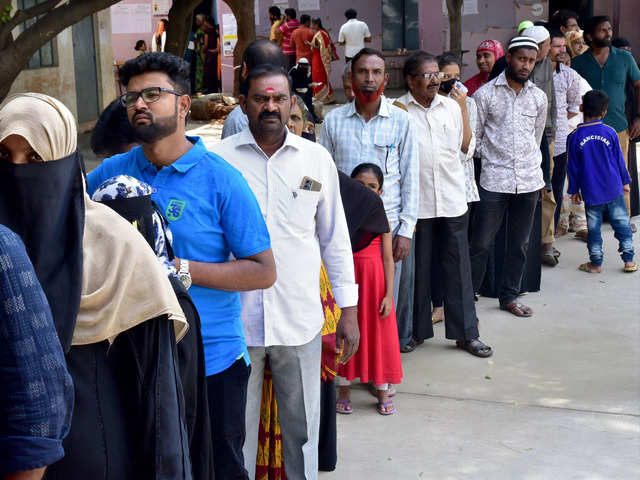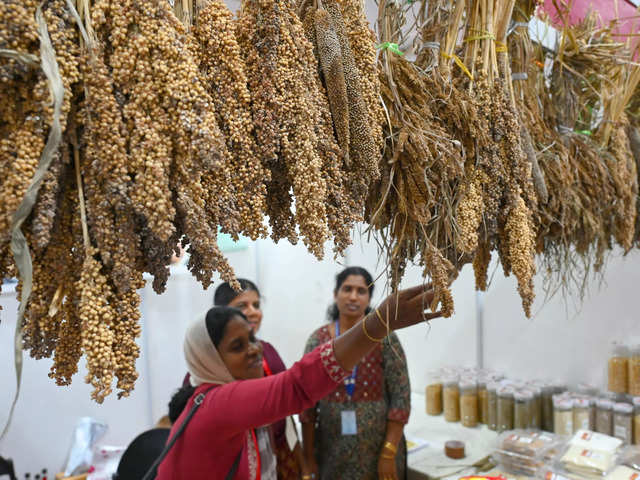
How InShorts Became a $10 Million Brand on the Back of its Advertising ModelInShorts
InShorts, that started with a simple idea of summarizing news in 60 words, has now achieved a revenue run rate of $10 m...
Oct 4, 2019, 15:13 IST
brands
How InShorts garnered a revenue run rate of $10 million on the back of its advertising model
Oct 4, 2019, 15:13 IST
InShorts, that started with a simple idea of summarizing news in 60 words, has now achieved a revenue run rate of $10 m...
- InShorts, that started with a simple idea of summarizing news in 60 words, has now achieved a revenue run rate of $10 million per annum in FY19 and is aiming to double the figure this year.
- InShorts has more than 300 advertisers and adds around 10 new advertisers every month. Its clientele list includes global
brands like Vodafone, OnePlus, Mercedez, Netflix, Amazon Prime, Myntra, among others. - The last big brand to leverage InShorts’ branded content was Netflix for 13 Reasons Why, Ghoul, Narcos
Cut to now, InShorts has around 300 advertisers investing on their platform and around 10 new advertisers come on board every month. The first brand to advertise on its platform was Airtel and now its clientele includes global brands like Vodafone, OnePlus, Mercedez, Netflix, Amazon Prime, Myntra.
“We have done multiple campaigns with Netflix for their web series like Narcos, 13 Reasons Why, The Umbrella Academy, and Ghoul. For Amazon Prime, we have done a campaign around Oscar-nominated sci-fi movie - Ready Player One, a Comedy-drama series - Whiskey Cavalier and many more. We have also partnered with brands like Toyota, Levis, etc, in the past,” shares
InShorts has achieved a revenue run rate of $10 million per annum in FY19 and is aiming to double it this year. It further aims to increase its user base by 3X in three years from its current user base of 10 million people on the back of its unique advertising model.
It targets the smartphone generation who are short on time and want to stay updated with the current affairs. Hence, the majority of readers are from metros and Tier I cities. It gets 38% of traction from the age group of 18-24 and 40% of its users are in the age group of 24 - 35 years.
Advertising Model
It was InShorts’ advertising model that became a hit in a few years and helped it become operationally profitable in 2017. On the other hand, Circa, a short-form content portal, failed to monetize its platform despite raising $5.7 million. Inshorts pioneered the concept of short-form branded content on its app, which is the driving wheel for its growth and profitability. Arora says a few more content platforms followed their suit later.
Currently, the platform has non-intrusive ads, broadly divided into six categories -- out of which ‘60 words branded story’ is the most preferred one. Whereas the most engaging formats are ‘Digital Magazines’ and ‘Fact Cards’; the former is a mix of creatives with gifs, videos, and polls and latter is a compilation of interesting facts about a brand, industry or an occasion day. Fact Cards are highly engaging as they get shared on social media very often. ‘Digital Magazines’, on the other side, helped Netflix get 3X more engagement as compared to text ads for its series - ‘The Umbrella Academy,’ within two weeks of its release.
Plan Ahead
After building a strong user base in Tier I cities, InShorts is now betting big on Tier II and Tier III cities.
“The app now is pretty popular amongst influencers like enterprise professionals, politicians and CXOs throughout the spectrum. We are also trying to penetrate into Tier III cities, where we have seen a high potential of users. The future looks even more exciting with this next half of the population joining the digital generation. Our plan is to continuously work on solutions that would best suit the content needs of these new internet users,” concludes Arora.
INSIDER INTELLIGENCE REPORTS







